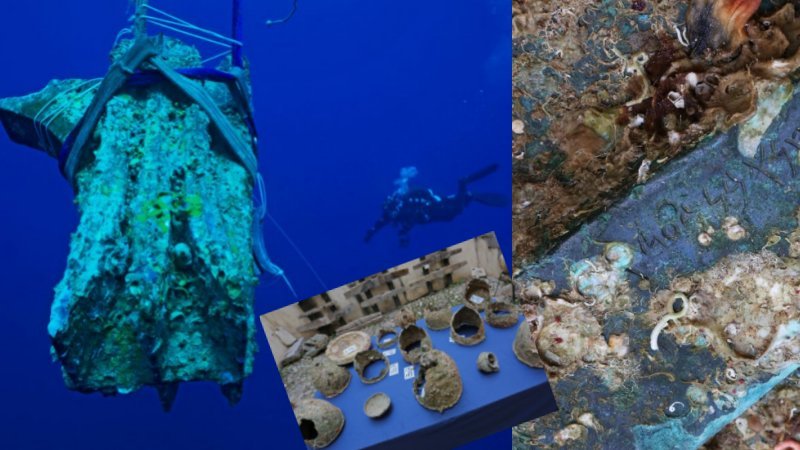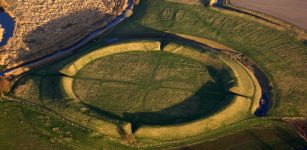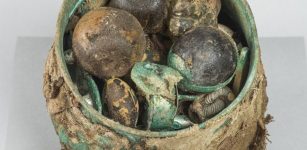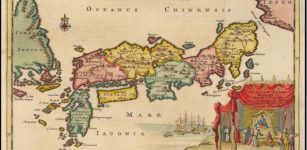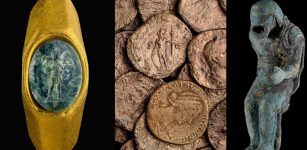Anatolia’s Seyitömer Mound Was Inhabited In Bronze Age, Achaemenid, Hellenistic, And Roman Times
Conny Waters – MessageToEagle.com – Excavations at Seyitömer Mound (Seyitömer Höyük) in western Kütahya province, Turkey started in May, and archaeologists already unearthed some of the Early Bronze Age layers from the mound.
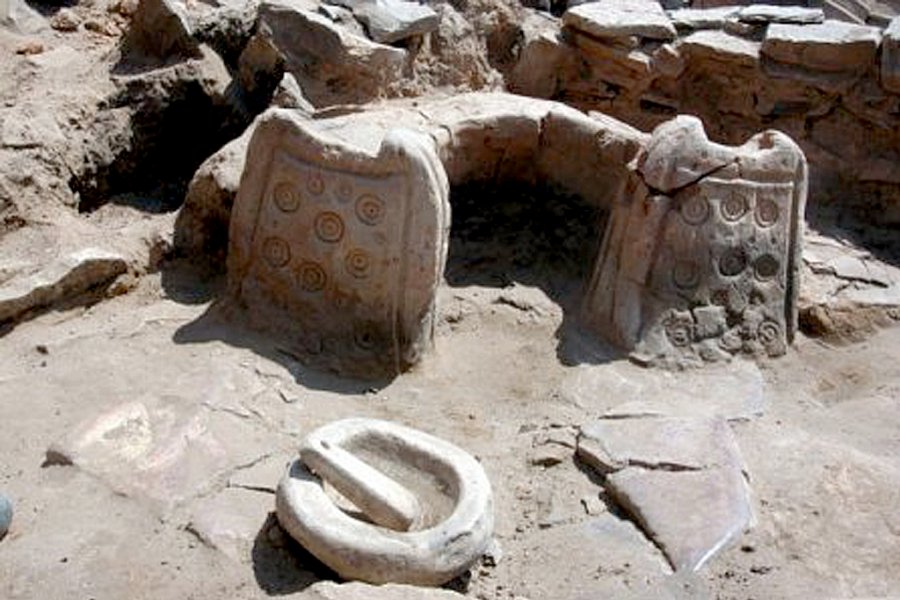
The researchers focus on an important historical area of Seyitömer Höyük (Seyitömer Mound) located in inner western Anatolia, 26 km northwest of the provincial center, Kütahya.
The earliest archaeological excavations at the site were initiated by the Eskisehir Museum in 1989. These were later continued from 1990 to 1995, and then, restarted by Dumlupinar University from 2006 to 2014.
The diggings at the mound until the present day, have revealed traces of settlement activity dated to several different periods including Roman, Hellenistic (334-30 BC), Achaemenid (500-334 BC), Bronze Age (c.3000-1200 BC), and the Late Chalcolithic period (4th millennium BC).
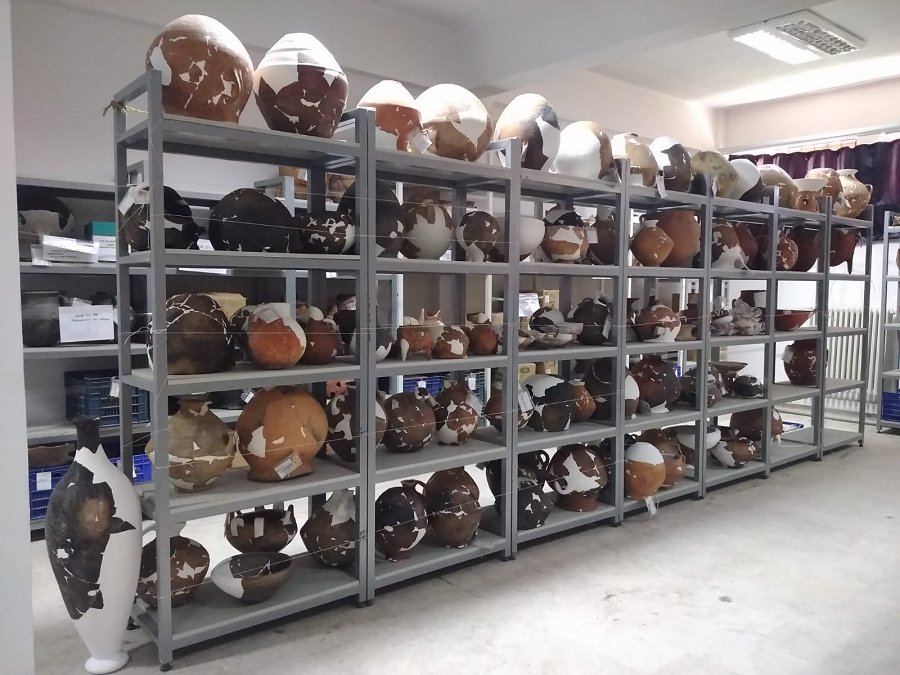
Some findings unearthed at the Seyitömer mound, Kütahya, western Turkey, Aug. 13, 2020. Image credit: Anadolu Agency
The architectural remains, abundant pottery, and numerous small finds unearthed at the Early Bronze Age and Middle Bronze Age are among the discoveries.
Now, it is known that the Seyitömer mound was an important settlement during the Bronze Ages. The Achaemenid, Hellenistic, and Roman settlements at the mound were relatively small, rural settlements compared to the Greek polis and important other centers during the aforementioned ages.
The ancient habitation mound is more than 5000 years old and measures c.150×150m in size including its summit at a height of 23.5m above the surroundings.
The excavating team consists of 250 laborers and 50 experts, including archaeologists, anthropologists, restorers, architects, architectural restorers, and ceramics experts are involved in one of Turkey’s largest-ever rescue excavation projects.
Around 20,000 artifacts have been unearthed so far from the mound, measuring 23.5 meters (77 feet) high, 140 meters (459 feet) wide and 150 meters (492 feet) long, writes Daily Sabah.
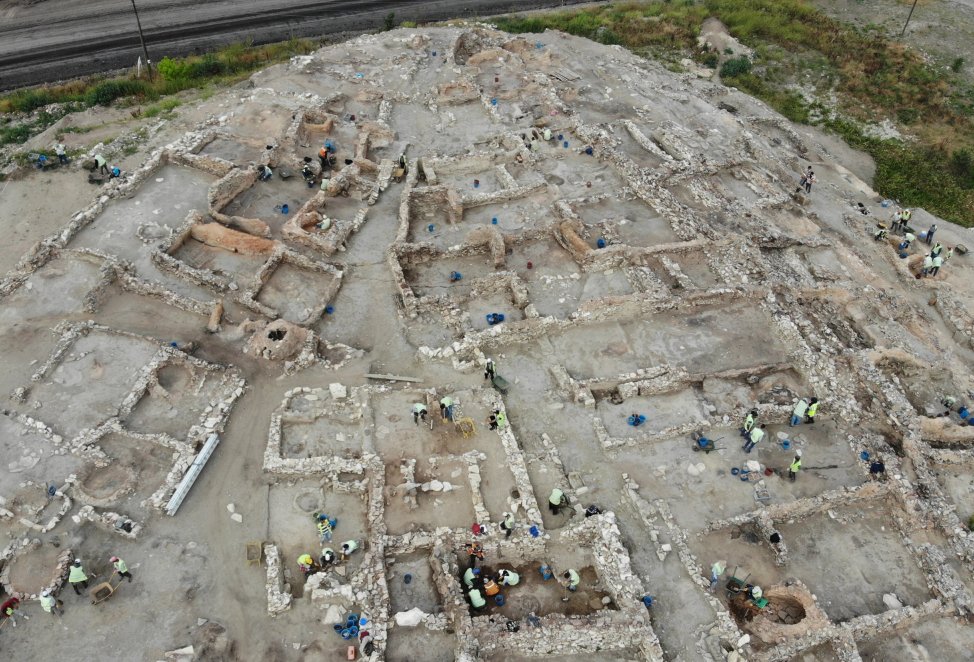
An aerial view of the Seyitömer mound, Kütahya, western Turkey, Aug. 13, 2020. Image credit: Anadolu Agency
“During last year’s excavations, the layer belonging to the lowest phase of the Early Bronze Age II on the upper plain of the mound was unearthed. This year, the later development of the Roman period settlement was discovered,” Nazan Ünan, a lecturer at Kütahya Dumlupinar University and academic advisor to the Seyitömer excavation work, said.
“In this season, excavations are carried out at three points – on the upper plain of the mound, on the southeast-southwest slopes and on the southern plain. Our plan for this year is to identify the continuation of the Bronze Age settlement on the slopes and the entire Roman period settlement.”
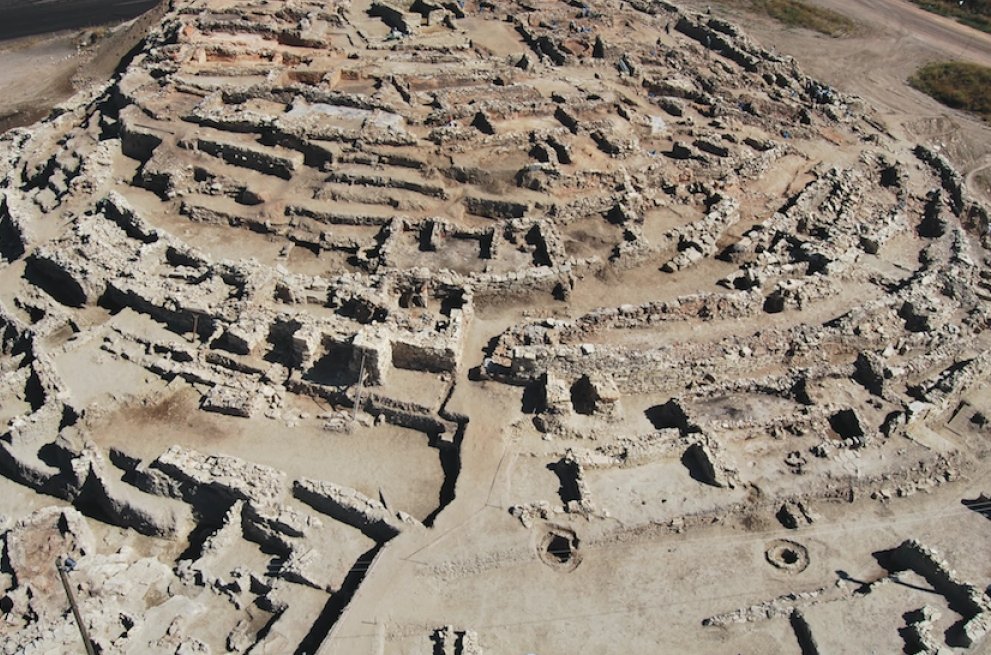
Seyitömer Höyük – Seyitömer Mound as photographed in 2014. Aerial Photo
Emphasizing the importance of the data that had so far been unearthed in terms of understanding the Bronze Age in Western Anatolia, she said: “It is a settlement that reveals a lot compared with ordinary mounds due to the fact that we have been working on it in its entirety with a large team over a sustained period. In addition, we have found that Seyitömer was a ceramic production and a weaving center. The excavations also revealed the architecture of 3000 B.C.,” Ünan said.
“Here, we have the opportunity to examine and evaluate the entire settlement with its spaces, hearths, and utensils,” she said.
“In this respect, it is much more important than other excavations. An average of 1,500 to 2,000 artifacts are unearthed during each excavation season. In particular, findings such as terracotta pots, pottery, and weaving come to the fore. There are also finds belonging to the Middle Bronze Age and Roman era.”
Written by Conny Waters – MessageToEagle.com – AncientPages.com Staff Writer


